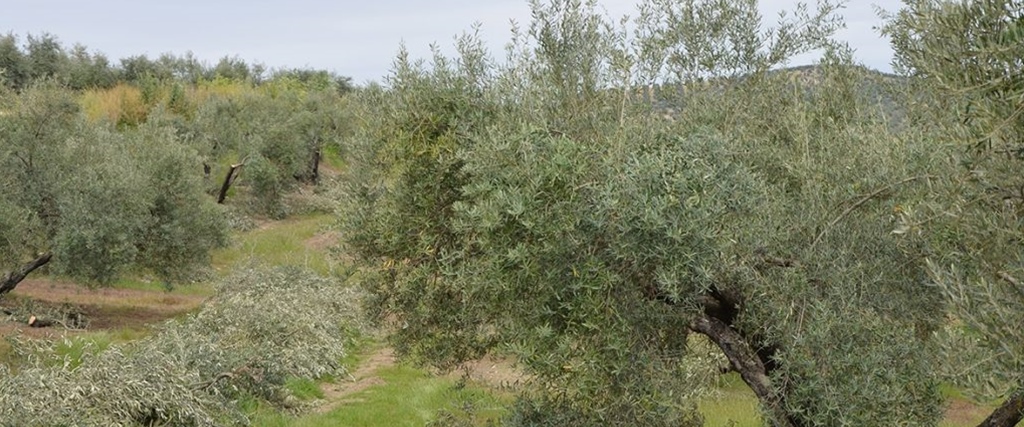Olive tree pruning: Keys to perform it correctly
The olive tree is one of the plant species that thrives in Mediterranean climates and is capable of withstanding very extreme temperatures, as well as long periods of drought…
However, this tree requires a series of essential care for its correct cultivation, such as pruning.
Why are olive trees pruned?
The main objective of pruning the olive tree is to revitalize its productive functions, removing the branches that are not necessary or are dry, so that the sap can be better distributed among the “healthy” branches, reducing the risk of olive disease and increasing the production of fruits.
When is the pruning of the olive tree?
The ideal moment is right after the olive harvest. This period is known as the “vegetative stop” of the tree. This period is not the same in all cases:
In olive trees destined for the production of olive oil, the vegetative stop occurs between the months of February to April. It is very important to avoid pruning when there is a risk of frost and for this reason, in areas with cold climates, pruning is delayed until March, April.
If the olive is harvested as a table olive, the usual thing is to prune the tree between November and December. Frost also affects the tree and therefore the climate of the area must be taken into account.
How does the age of the olive tree affect its pruning?
For pruning, the age of the tree is very important:
Pruning a young olive tree: The objective of pruning a young olive tree should be to consolidate the structure of the tree. This is known as “training pruning”. The key is not to let secondary shoots grow that could harm the main ones in olive production.
As the olive tree grows and reaches adulthood, “production pruning” is carried out. The objective of this type of pruning is to prolong the life of the olive tree as much as possible. Branches older than 3-4 years should be removed to encourage the growth of the younger ones and leave more sap on them.
When the tree is already considered old, it is necessary to remove the unproductive branches more frequently, since they multiply as the olive tree turns years old. In this case, we speak of “regeneration pruning”, which is carried out to increase the fertility of the tree.
Frequency and type of pruning:
The frequency of pruning depends on the age of the olive tree and the state of health of the olive tree. However, it is not recommended that they go more than two or three years without pruning.
The type of pruning will depend on the type of collection, as well as the time of year in which it is carried out. In addition, the way of pruning must be adapted to the characteristics of the olive tree, and not the other way around.
First of all, it is important to know which tools are the most suitable:
When the olive trees are younger and the branches are less than 5 cm thick, it is more advisable to use pruning shears or handsaws.
For larger olive trees, you can resort to the use of chainsaws, as they allow cleaner cuts in thicker branches.
Another aspect that makes the difference is the type of cut:
Blind cut: it is usually the most common, and consists of sectioning the branch completely, to redirect the sap towards the adjacent branch. That is, this type of cut is made when you “sacrifice” a branch.
Throw cut: in this case, the objective is to replace an old branch with a new one, for which it is necessary to leave a small stump and not cut it completely. This means that sap continues to arrive and, thanks to it, the branch can be renewed.
Rebate cut: this type of cut is made to reduce the height of a certain branch, but not so much for renovation reasons.
What is important, in all cases, is to make clean cuts avoiding tears, as this could affect the quality of the olives and, therefore, the quality of the olive oil.
In this video we can see the 3 keys to a well-performed pruning:
In short, pruning the olive tree is a key moment to maintain the good health of the tree and produce quality olive oil. The pruning of the olive tree will depend on the characteristics of the soil, the age of the olive tree and the climate of the area.
For this and other tasks in the olive grove, you can count on advice from Aceites Morales and even, if you need it, we can recommend you to professional companies in the sector.

